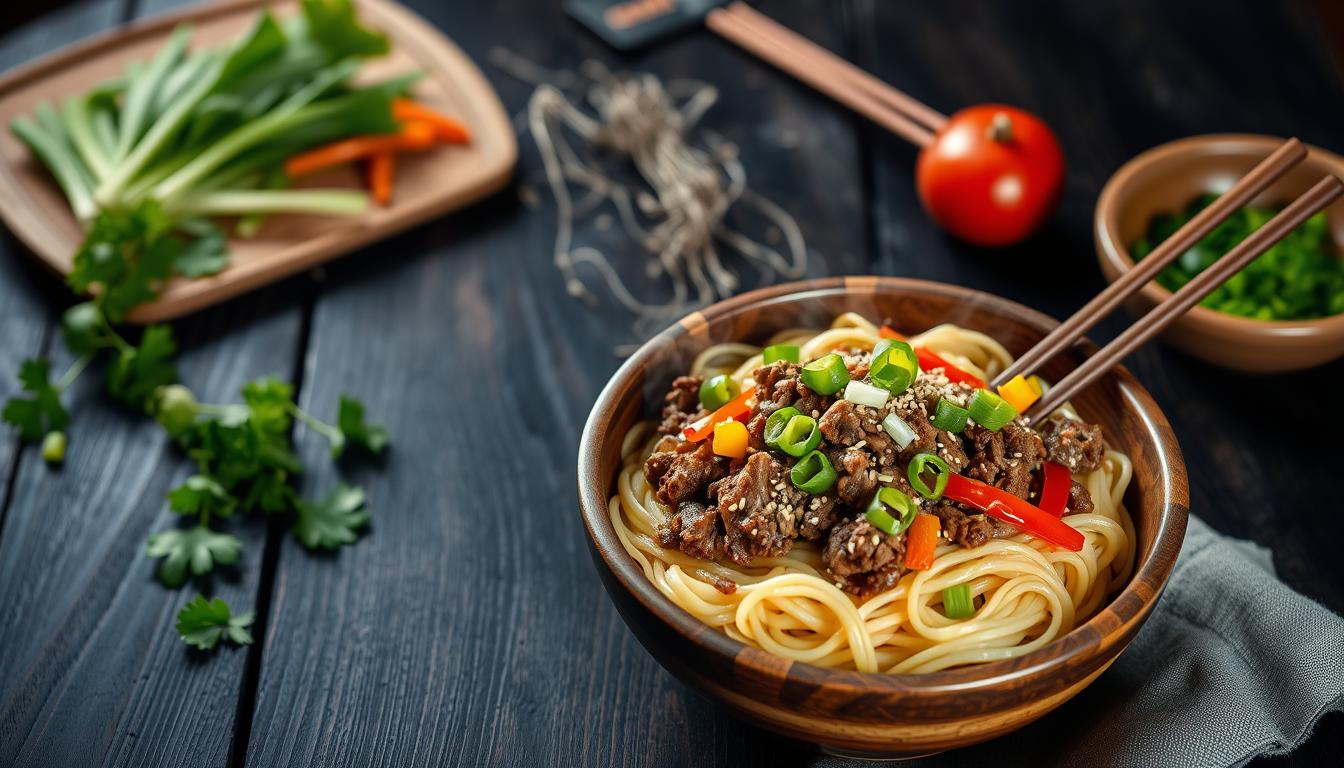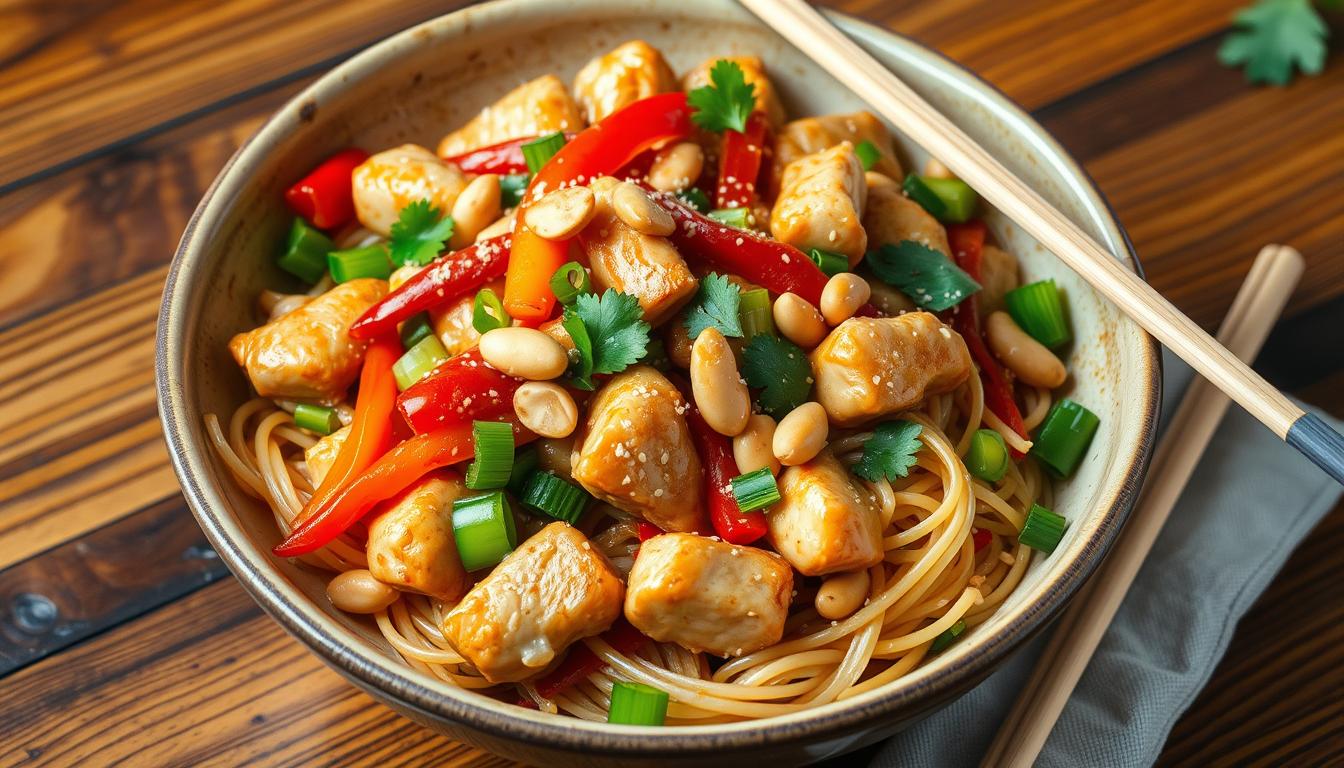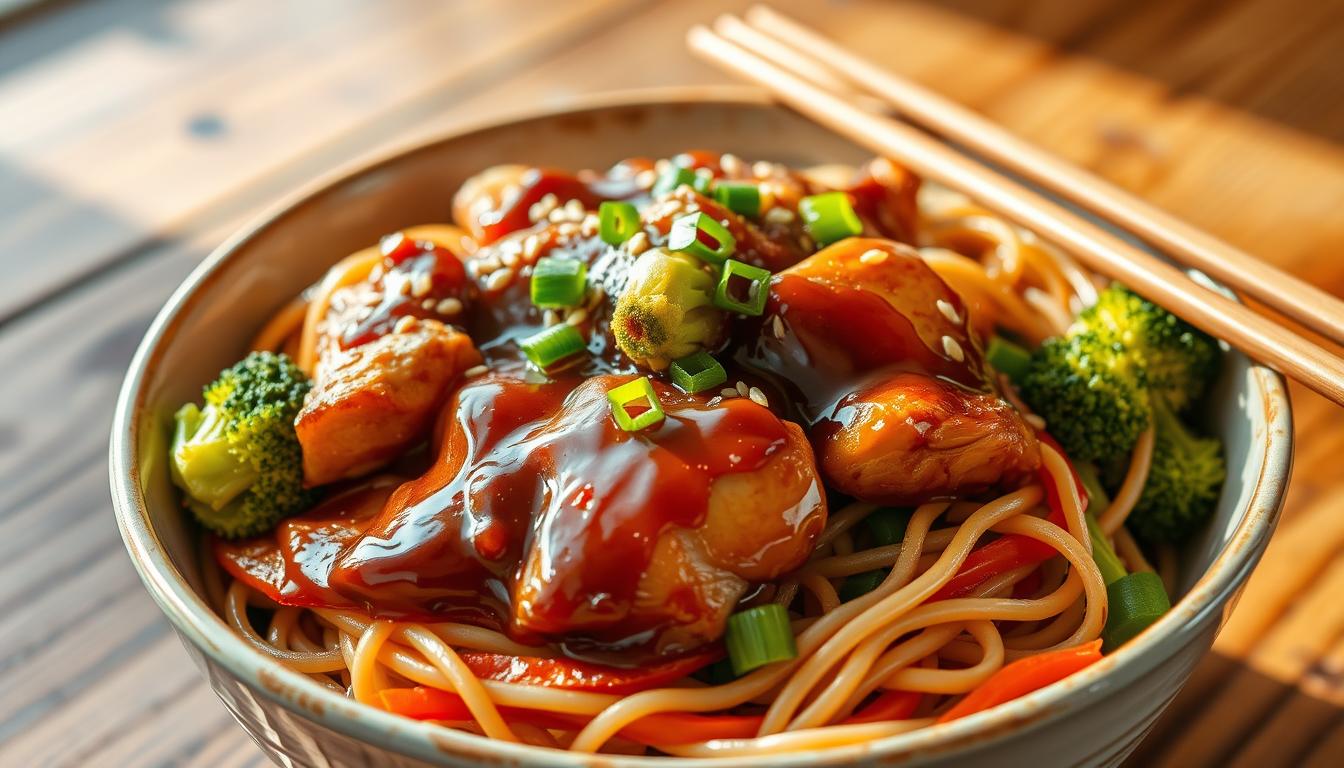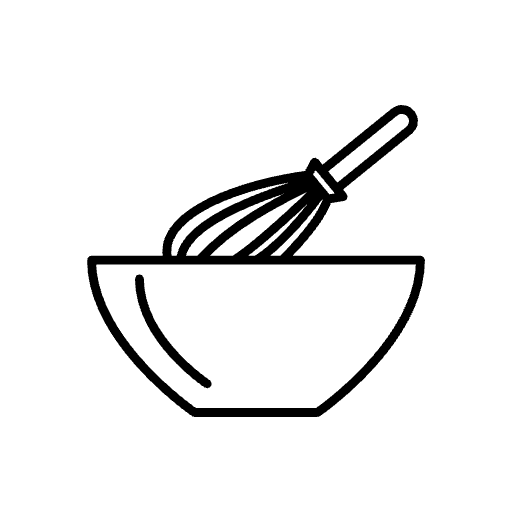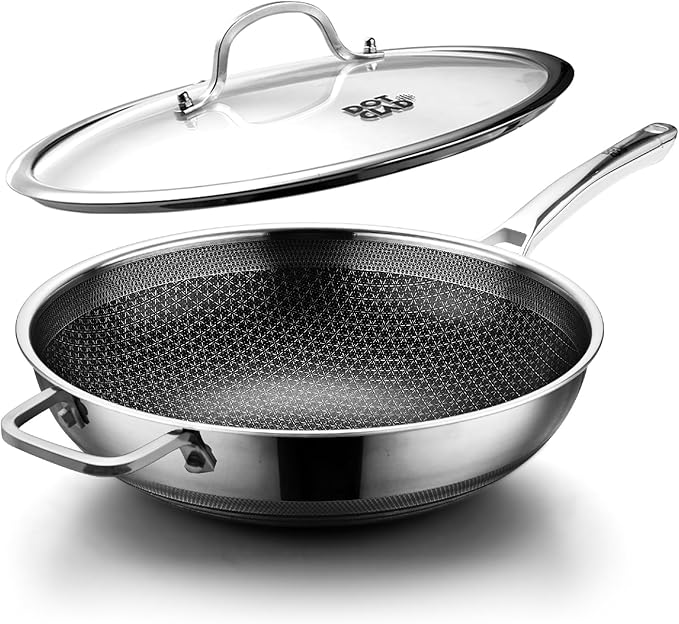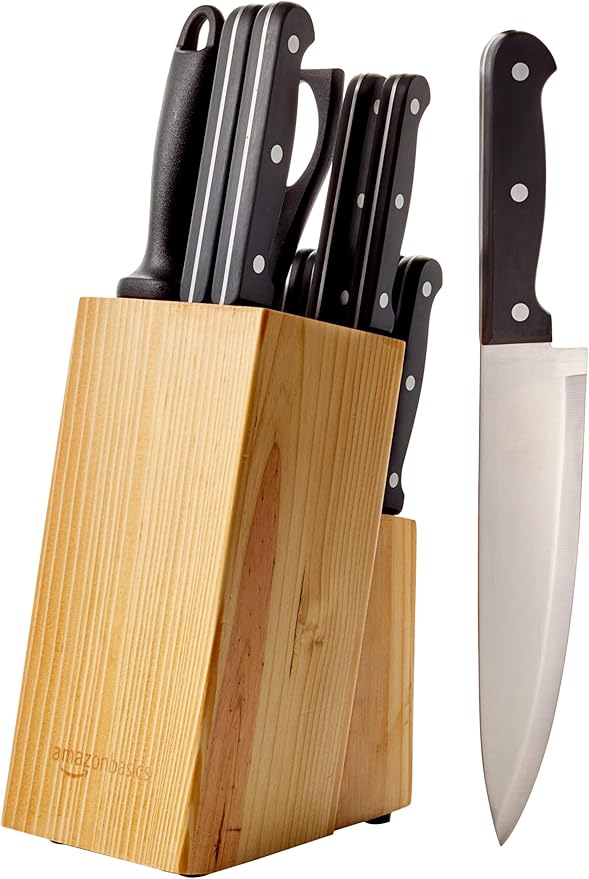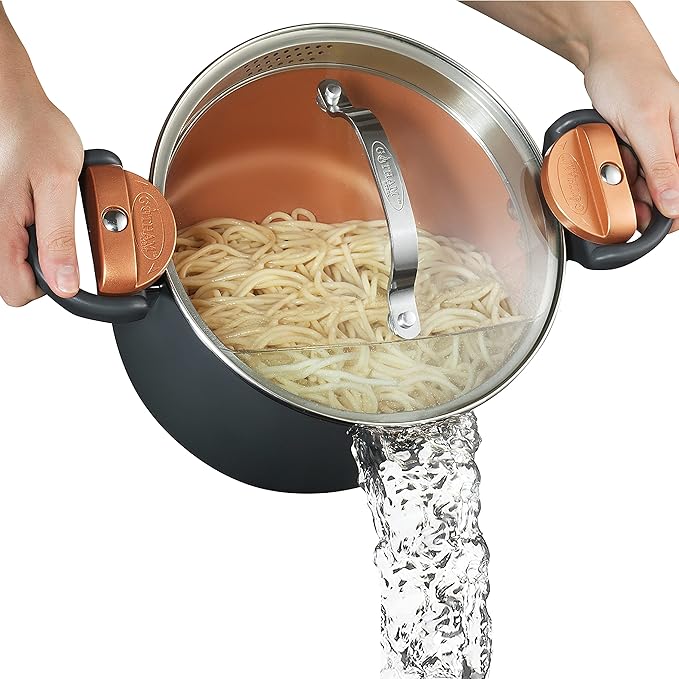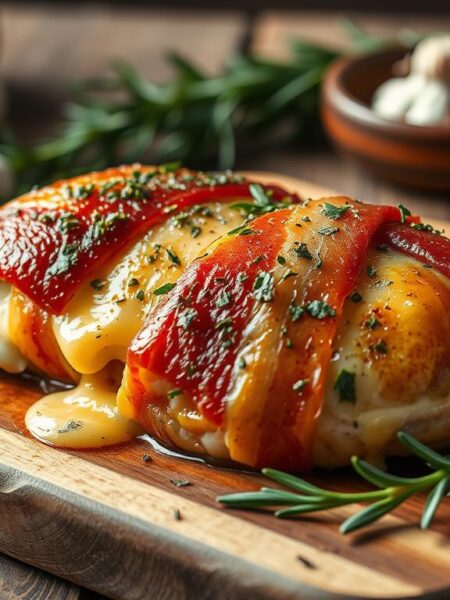Craving the irresistible flavors of Panda Express Chow Mein? Now you can bring this beloved dish into your kitchen! This homemade version captures the signature stir-fried noodles, crunchy vegetables, and savory sauce that make it a crowd favorite, but with a fresher, more vibrant twist. Let’s dive into this recipe that balances bold flavors and comforting textures, perfect for any meal.
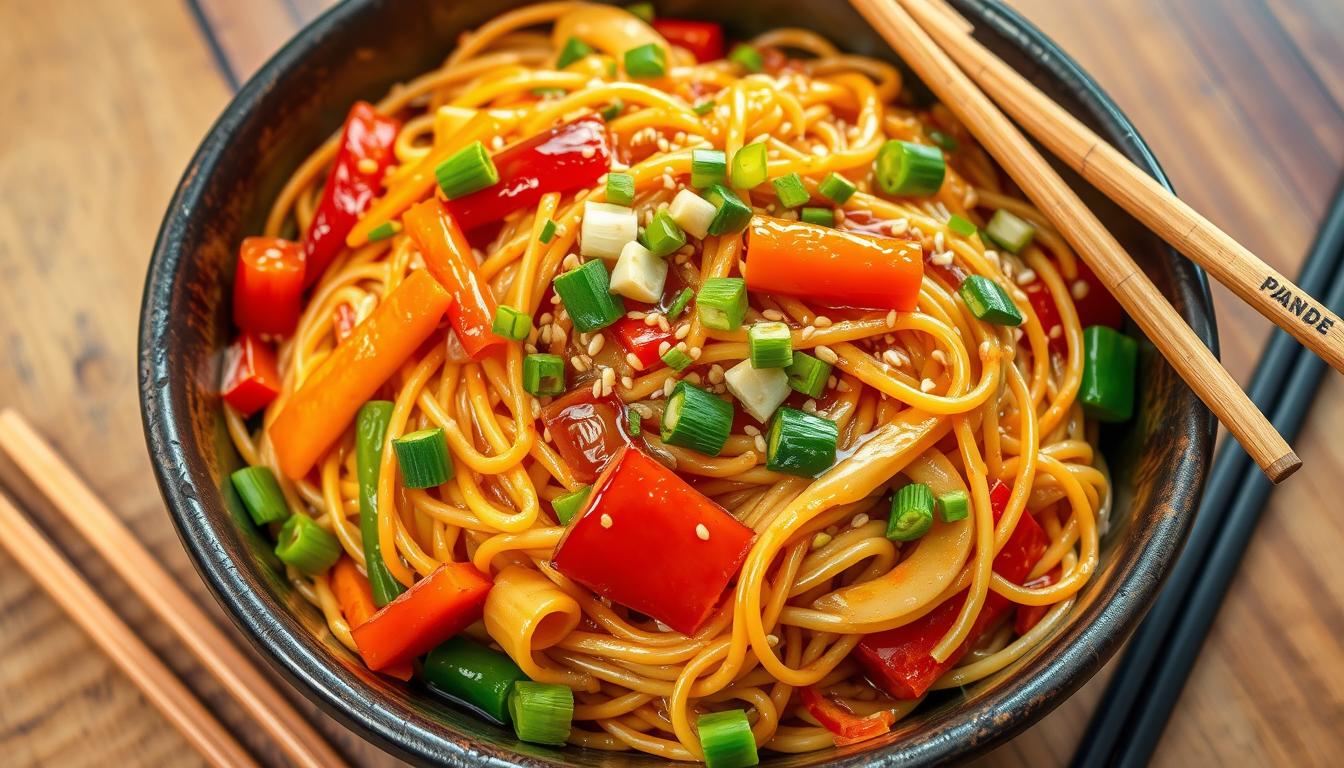
When it comes to Chinese-American cuisine, Panda Express Chow Mein stands out as a classic. This dish pairs hearty stir-fried noodles with crisp vegetables, creating a symphony of flavors that are simple yet satisfying. While it’s tempting to grab a box from your local Panda Express, there’s nothing like making it fresh at home. Not only does it taste better, but it also allows you to control every ingredient for the perfect bowl of noodles.
The beauty of this recipe lies in its simplicity. The chow mein noodles are cooked to chewy perfection and infused with a savory sauce, combining soy sauce’s depth, oyster sauce’s umami, and a hint of sesame oil for nutty richness. Tossed with julienned carrots, shredded cabbage, and green onions, each bite delivers a delightful crunch and a satisfying balance of flavors.
This recipe will guide you step-by-step to create Panda Express Chow Mein that’s not just a replica but an upgrade. Whether you’re cooking for a weeknight dinner or impressing guests, this homemade chow mein is guaranteed to wow.
What is Chow Mein?
Chow mein is a favorite Chinese-American dish. It’s made with stir-fried noodles, veggies, and sometimes meat. The name “chow mein” means “fried noodles” or “stir-fried noodles.”
✅ Quick Tips: Read the recipe in its entirety before you start cooking. This will help you understand the ingredients, steps, and timing involved, and allow you to prepare any necessary equipment or ingredients beforehand.
Chow Mein vs. Lo Mein
Chow mein and lo mein differ in noodle preparation and texture. Chow mein noodles are first parboiled then stir-fried. This makes them crispy and oily. Lo mein noodles, on the other hand, are fully cooked before being mixed with sauce and ingredients. They are softer and saucier.
Serving Suggestions
Pair this chow mein with classic Panda Express dishes like orange chicken or beef and broccoli for a complete Chinese-American feast. A light cucumber salad or hot and sour soup would also make excellent accompaniments.
Storage Instructions
- Refrigeration: Store leftovers in an airtight container in the fridge for up to 3 days.
- Reheating: Heat in a wok or skillet over medium heat with a splash of water to revive the sauce.
- Freezing: Not recommended as the noodles may lose their texture.
Making Panda Express Chow Mein at home is not only easy but also incredibly rewarding. With fresh ingredients and simple techniques, you can recreate and even improve upon this takeout favorite. Each bite delivers the perfect balance of chewy noodles, crisp vegetables, and savory sauce—a true crowd-pleaser.
Homemade Panda Express Chow Mein Recipe – Easy and Delicious!
Description
A savory and satisfying stir-fried noodle dish inspired by Panda Express, made with fresh ingredients for maximum flavor.
Ingredients
For the Sauce:
For the Stir-Fry:
For Garnish (Optional):
Instructions
-
Prepare the Sauce: In a small bowl, combine Chinese cooking wine, dark soy sauce, ground white pepper, oyster sauce, and toasted sesame oil. Whisk together until smooth, then add cornstarch and water. Stir until the cornstarch is fully dissolved. Set aside.
-
Cook the Noodles: Bring a large pot of water to a boil. Add the fresh chow mein noodles and cook according to the package instructions (typically 1–2 minutes). Drain and rinse with cold water to halt cooking and remove excess starch. Set aside.
-
Season the Wok: Heat a wok over medium-high heat. Add 3½ tbsp of vegetable oil and swirl it around the pan until it begins to smoke. Pour out the oil and wipe the wok clean with a paper towel. This step lightly seasons your wok for stir-frying.
-
Stir-Fry the Vegetables: Add 3½ tbsp of fresh vegetable oil to the wok and heat over medium-high until hot. Toss in the green onions, celery, carrot, and cabbage. Stir-fry vigorously for 3 minutes, letting the vegetables develop some char while maintaining their crunch. Remove the vegetables from the wok and set aside.
-
Sauté the Garlic: Add 2 tbsp of vegetable oil to the wok and heat until shimmering. Toss in 4 cloves of finely chopped garlic and stir quickly. The garlic will turn golden brown in seconds—be sure not to let it burn.
-
Combine Noodles and Sauce: Return the cooked vegetables to the wok and stir to combine with the garlic. Add the drained noodles and stir-fry for 1 minute. Pour in the prepared sauce and toss to coat evenly. Stir-fry for an additional 30 seconds, ensuring the noodles are fully flavored.
-
Add the Finishing Touches: Stir in bean sprouts, if using, and cook for another 30 seconds. Turn off the heat and sprinkle with fresh, finely chopped garlic for a bold flavor contrast.
-
Serve and Enjoy: Transfer the chow mein to a large serving dish or individual bowls. Garnish with thinly sliced green onions for a pop of color and extra freshness. Serve immediately.
Servings 4
- Amount Per Serving
- Calories 440.26kcal
- % Daily Value *
- Total Fat 16.24g25%
- Saturated Fat 1.77g9%
- Trans Fat 0.13g
- Cholesterol 59.53mg20%
- Sodium 706.54mg30%
- Potassium 496.83mg15%
- Total Carbohydrate 62.07g21%
- Dietary Fiber 5.52g23%
- Sugars 5.55g
- Protein 13.01g27%
- Vitamin A 174.2 IU
- Vitamin C 26.85 mg
- Calcium 82.52 mg
- Iron 3.81 mg
- Vitamin D 0.21 IU
- Vitamin E 3.27 IU
- Vitamin K 73.03 mcg
- Thiamin 0.88 mg
- Riboflavin 0.41 mg
- Niacin 6.85 mg
- Vitamin B6 0.34 mg
- Folate 78.17 mcg
- Vitamin B12 0.23 mcg
- Phosphorus 234.49 mg
- Magnesium 67.12 mg
- Zinc 1.78 mg
* Percent Daily Values are based on a 2,000 calorie diet. Your daily value may be higher or lower depending on your calorie needs.
Note
Tips and Tricks
- Perfect Noodles: Avoid overcooking the noodles to maintain their chewy texture. A quick rinse with cold water helps stop the cooking process.
- Vegetable Variations: Add bok choy, snap peas, or bell peppers for a personalized touch.
- Protein Boost: Stir-fry shrimp, chicken, or tofu for an added protein punch.




